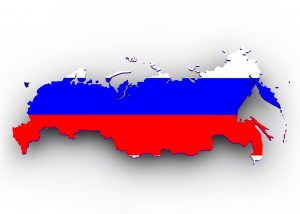SEF offers tips on how to get home from China for Lunar New Year
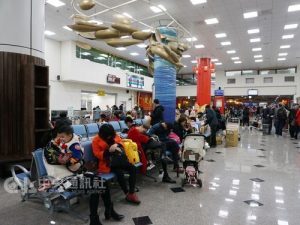
Taipei, Jan. 31 (CNA) In the wake of Chinese carriers China Eastern Airlines Corp. and Xiamen Air canceling planned extra cross-Taiwan Strait flights for the Lunar New Year holiday, the Straits Exchange Foundation (SEF) on Wednesday suggested a number of ways for those wanting to return to Taiwan for the festivities.
Both China Eastern Airlines and Xiamen Air announced a day earlier that they have been “forced” to cancel plans for 176 additional flights for the Feb. 15-20 holiday because of Taiwan’s delays in approving them in protest over China’s launch of several new routes without consulting Taiwan.
The Civil Aeronautics Administration (CAA) denied requests from the two Chinese airlines for additional flights to Taiwan that would have used the north-south M503 flight route, as well as the W121, W122 and W123 extension routes, in protest over China’s unilateral decision to launch the routes without first negotiating with Taiwan.
According to the Commercial Times, the canceled additional flights will affect up to 50,000 passengers.
According to the SEF, the canceled flights will affect eight airports, but seats are currently still available on scheduled flights and approved extra flights.
The eight affected airports were named as Shanghai Pudong, Wuxi, Nanjing, Hefei, Xiamen, Fuzhou, Hangzhou and Changsha.
If no bookings are available for the eight airports, then passengers can consider traveling to nearby airports to seek alternative flights, the SEF added.
Meanwhile, the CAA is seeking to coordinate with Taiwanese carriers to apply for extra services or to increase seating capacity, according to the SEF.
China Airlines, Taiwan’s biggest carrier, has applied to the CAA for an additional nine flights and is awaiting approval from the relevant authorities in China, according to the SEF, which added that EVA Air, another major Taiwanese carrier, also plans to use larger planes for some flights during the period.
At the same time, the SEF has also encouraged Chinese carriers to apply for extra services in order to transport more passengers.
There are about 80 regularly scheduled flights daily between Taiwan, Hong Kong and Macau, and the CAA is hoping for increased services for these destinations. The carriers have said they will evaluate demand and make the necessary adjustments.
The CAA is also coordinating to increase ferry services on the mini-three links and plane services between Taiwan and the outlying islands of Kinmen and Matsu, according to the SEF.
Apart from Feb. 15-16, ferry services are available daily from Pingtan to Taipei and Taichung, according to the SEF, adding that on Feb. 13, 750 ferry seats will be available.
The SEF, which is controlled by the Mainland Affairs Council, is a semi-official organization set up by Taiwan to handle affairs relating to China.
(By Miao Zong-han and William Yen)
Enditem/J
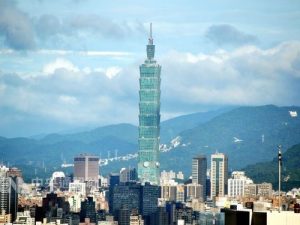

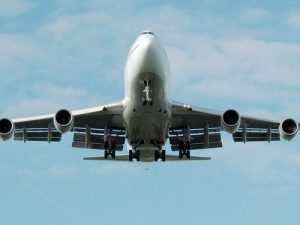







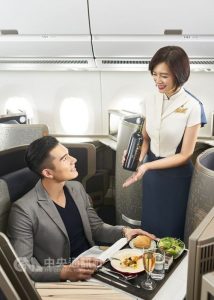
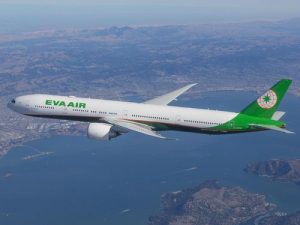
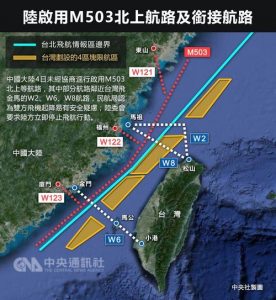
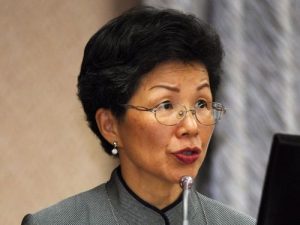
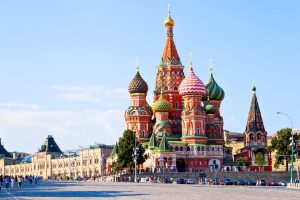 WASHINGTON (Sputnik) – The number of American tourists visiting Russia has grown significantly this year, while Russian exports have also performed well, the Russian Trade Representative in the United States, Aleksander Stadnik, told Sputnik.
WASHINGTON (Sputnik) – The number of American tourists visiting Russia has grown significantly this year, while Russian exports have also performed well, the Russian Trade Representative in the United States, Aleksander Stadnik, told Sputnik. Russia-US relations
Russia-US relations US-Russia trade turnover
US-Russia trade turnover